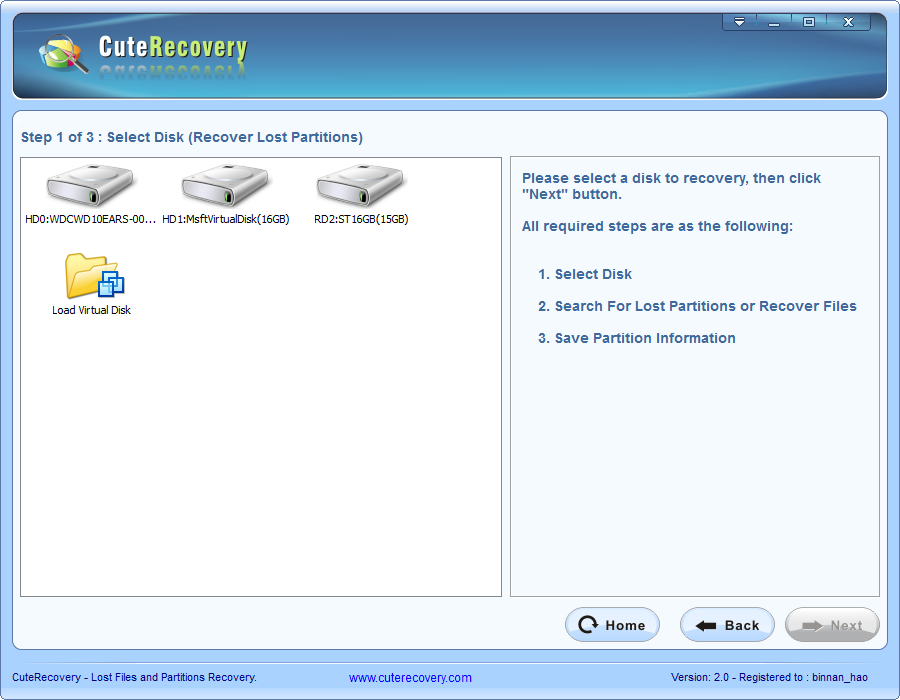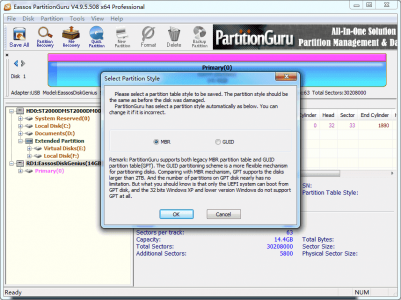

If the package has any dependencies that are no longer needed, they will also be removed. This command will remove the "example" package from your system. You will also need to specify the name of the package you want to remove after the dpkg -r command.įor example, if you want to remove the package named "demo," you would run the following command: To use this command, you need to have administrative privileges on the system, hence the use of sudo. The -r option specifies that you want to remove the package. The sudo dpkg -r command is used to remove a package from a Debian-based Linux system using dpkg, the Debian package management tool. deb Installed With dpkg Using dpkg -rĪs mentioned above, you can use the -r or -remove options to uninstall packages from your Linux device. -reconfigure package_name: reconfigures an already installed package.-L package_name: lists all the files installed by a package.-l package_name: lists all installed packages on the system.-S file_name: finds the package that owns a specific file.s package_name: shows information about a package, such as version number and description.You typically run this after updating the repositories. -update-merge: combines information about available packages in its repositories with previously available information.Then, it downloads all the updated packages to your local repository. -update-avail: checks the online repositories.

It removes every file belonging to the specific package, including the configuration files. -p OR -purge: this is the complete uninstallation option.-r OR -R: removes every file belonging to the specific package except the configuration files, also known as the uninstallation process.


 0 kommentar(er)
0 kommentar(er)
